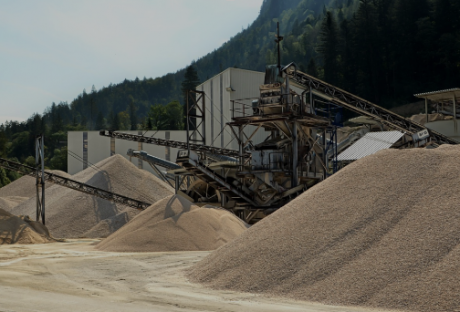Whether or not people are willing to admit it, climate change is here. And it’s affecting how people live in all parts of the world, from rising sea levels that are wiping away micro-islands to protracted droughts that are impacting crop yield. As an entrepreneur, you have the ability to make an even broader impact towards a greener and more sustainable approach to doing things. Here are six green business opportunities for eco-minded entrepreneurs:
Green Printing:
Ink refill businesses don’t exactly sound exciting or profitable, but it’s actually a highly lucrative endeavor, not to mention an eco-friendly one, too. Refilling ink cartridges reduces non-degradable plastic waste that end up in landfills. In fact, close to 400 million empty ink and toner cartridges are discarded each year. That creates tonnes of plastic and chemical waste that seep into and pollute soil and water systems.
Green Finance:
Businesses like Red Maple Financial are helping create a greener future by diverting their funds and resources into local, community-driven projects. You can either invest in or create a similar business model that supports sustainable, eco-friendly agriculture. Aside from financing, green finance is also typically involved in projects that create educational opportunities, support artistic endeavors, and bolster local ecological interest.
Green Retail:
Eco-friendly retail stores, like EcoPlum, are becoming increasingly common as retail consumers become more aware and proactive about their carbon footprint. With each purchase, customers can earn points that they can later exchange for rewards or choose to donate to worthy environmental projects. Every product these green retailers sell also bear a green certification, which means you are also supporting sustainable manufacturing practices.
Green Construction:
Construction is and will always be a booming industry. As the human population increases, construction projects will relatively increase as the need for housing and public facilities emerge. Sustainable construction materials including recycled railroad ties and pilings are paving the way for greener infrastructure. Companies, like Axion, are switching from traditional, non-sustainable materials, like gravel and steel, to recycled plastic.
Green Catering:
The food industry, for decades, has been generating millions of tons of waste, from unsold crops to spoiled meats. Organic catering is a great way to combine your passion for food and the environment. By catering to local parties and business events, you can control and lower food spoilage by using only organic and locally-grown fruits, vegetables, and meats. You can also ensure that poultry is raised and slaughtered humanely by working only with farms that adhere to strict and rigorous practices and standards.
Green Blogging:
If you want to start an eco-friendly business but is short on funding, you can always share your values and inspire change by starting your own blog. As a green blogger, you will be writing about environmental topics, such as reviews of green cleaning products or organic restaurants in your local area. You can start making money through marketing and/or selling these eco-friendly brands to your readers.
Final Thoughts:
Going green is crucial towards saving the planet for future generations. As an entrepreneur, you have more influence and power to affect change in the direction that you want. Keep in mind that these are only six of the many green businesses that you can pursue. In general, any business today can be recreated into an eco-friendly, sustainable model of itself.
Read Also:






















